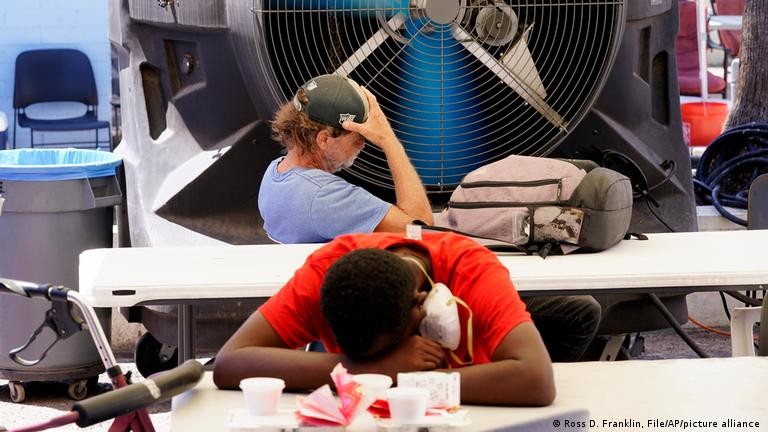 |
| Cities in the US, like Phoenix, have cooling centers to help people recover from hot days. |
Recorded many records
Temperatures in the Northern Hemisphere are breaking one record after another as countries from the US and China to Japan, Italy and Spain experience a brutal heatwave.
In China, local media reported a new record high of 52 degrees Celsius (125.6 degrees Fahrenheit) in the country’s northwest. Meanwhile, Japanese authorities issued a “heatstroke warning” and urged millions to protect themselves from the scorching heat. In the United States, a severe heat wave has affected 80 million people. In Spain, a street sweeper died of heatstroke while working outdoors.
If the climate continues to get hotter — a likely scenario — about 3.3 billion people could face extreme heat by the end of the century, according to a study published in the journal Nature Sustainability in May.
The study, conducted by scientists at the University of Exeter in the UK and Nanjing University in China, found that 60 million people are exposed to dangerous heat, with average temperatures of 29 degrees Celsius or higher. The world is currently 1.1 degrees Celsius warmer than pre-industrial times.
Scientists studying the impact of weather have found that the sweltering heatwave in the US in June was caused by climate change, while the 40C temperatures in the UK in 2022 are unlikely to happen without global warming. Last summer, a heatwave killed more than 60,000 people in Europe.
But why is heat so dangerous for humans, and what can countries do to prepare people and cities for increasingly severe heatwaves?
Coping with extreme temperatures
Previous studies have shown that some cities are more affected by rising temperatures than the “heat island effect”. Buildings, roads and infrastructure absorb and radiate heat from sunlight than natural environments such as forests and water bodies, causing urban temperatures to rise by up to 15 degrees Celsius compared to rural areas in some cases.
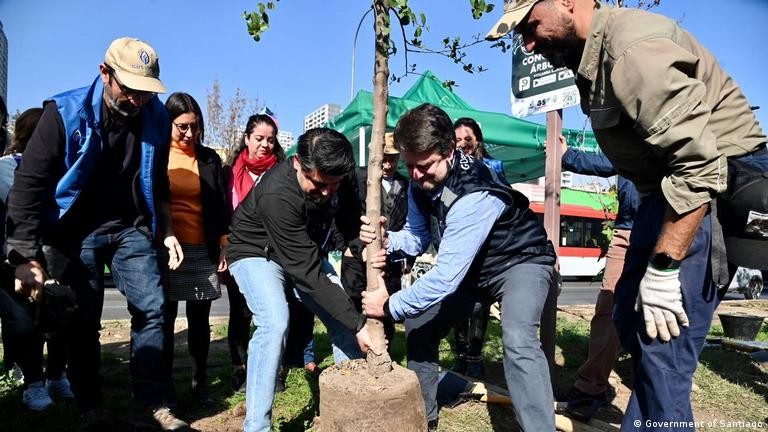 |
| Santiago (Chile) is planting 30,000 trees across the city and plans to establish small-scale forests that act as cooling centers. |
Cities around the world have appointed temperature chiefs to deal with rising temperatures. Cristina Huidobro is one of them, taking office in Chile's capital Santiago in March 2022.
"Many cities around the world face extreme temperatures, but the solutions and approaches are very local," Huidobro told DW.
However, she said, they all follow a three-pronged strategy of preparation, awareness and adaptation.
“Preparation” could include classifying heat waves like other natural disasters, or setting warning thresholds to trigger certain city responses.
Raising awareness of the dangers of heat is one of the roles that needs to be played, she said.
“Taking care of yourself in hot weather is really simple – drink water, find shade and rest,” she says.
The third direction is that cities need to adapt to the reality of rising temperatures, mainly by building more green space.
Santiago has just launched an urban reforestation project to plant 30,000 trees across the city and develop strategies that consider trees as part of the urban infrastructure.
“Trees, trees, trees, trees everywhere. They add green to the city,” Huidobro said.
But planting trees is not as simple as people think.
“We are planting trees on really busy streets, like major city thoroughfares that have a lot of cement. It requires digging holes and doing some basic construction work.”
This is also not an instant solution to reducing urban temperatures because trees need time to grow.
“The whole idea is to try to create shade for the next 20 or 30 years,” said Ms. Huidobro.
Variety of ways
So far, the US – where previous studies have shown that 12,000 people die prematurely each year due to heat – has appointed three heat chiefs in Phoenix, Miami and Los Angeles.
Los Angeles, California, which ranks as the most vulnerable to natural disasters including heat waves, recently launched a campaign to build more “resilience centers” with shade and renewable energy cooling systems in at-risk communities. The city already has a network of cooling centers, mostly in libraries, where people can go to escape the heat.
They are also working on an early warning system for heat waves.
Phoenix, a city in the middle of the Sonoran Desert, is taking a number of steps to adapt, including installing cooling pavements with a special sealant that reflects sunlight. The sealant helps cool the pavement by a few degrees and cools the night air.
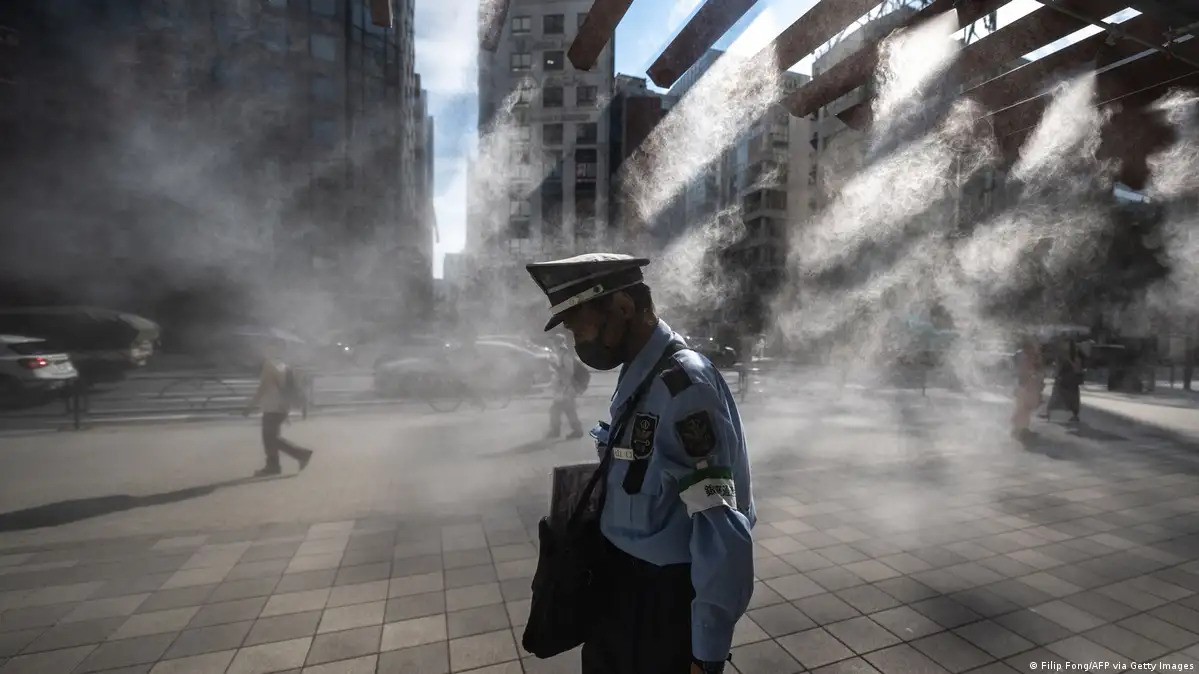 |
A security guard walks past an overhead misting system on a hot day in Tokyo's Ginza district. |
The city of Miami, Florida, is launching a tree-planting campaign, spending millions of dollars on air conditioning for residents of public housing and providing financial assistance to help cover the electric bills of low-income households.
However, air conditioning is often a last resort for adaptation due to climate impacts, Ms Huidobro said.
Santiago wants to plant 33 small-scale forests to serve as “climate refuges,” especially near schools and health facilities, as an alternative to the air-conditioned cooling centers being developed in the United States and Europe.
“During heat waves, people can go inside these natural cooling centers to find shade, rest and drink water,” said Ms. Huidobro.
Source



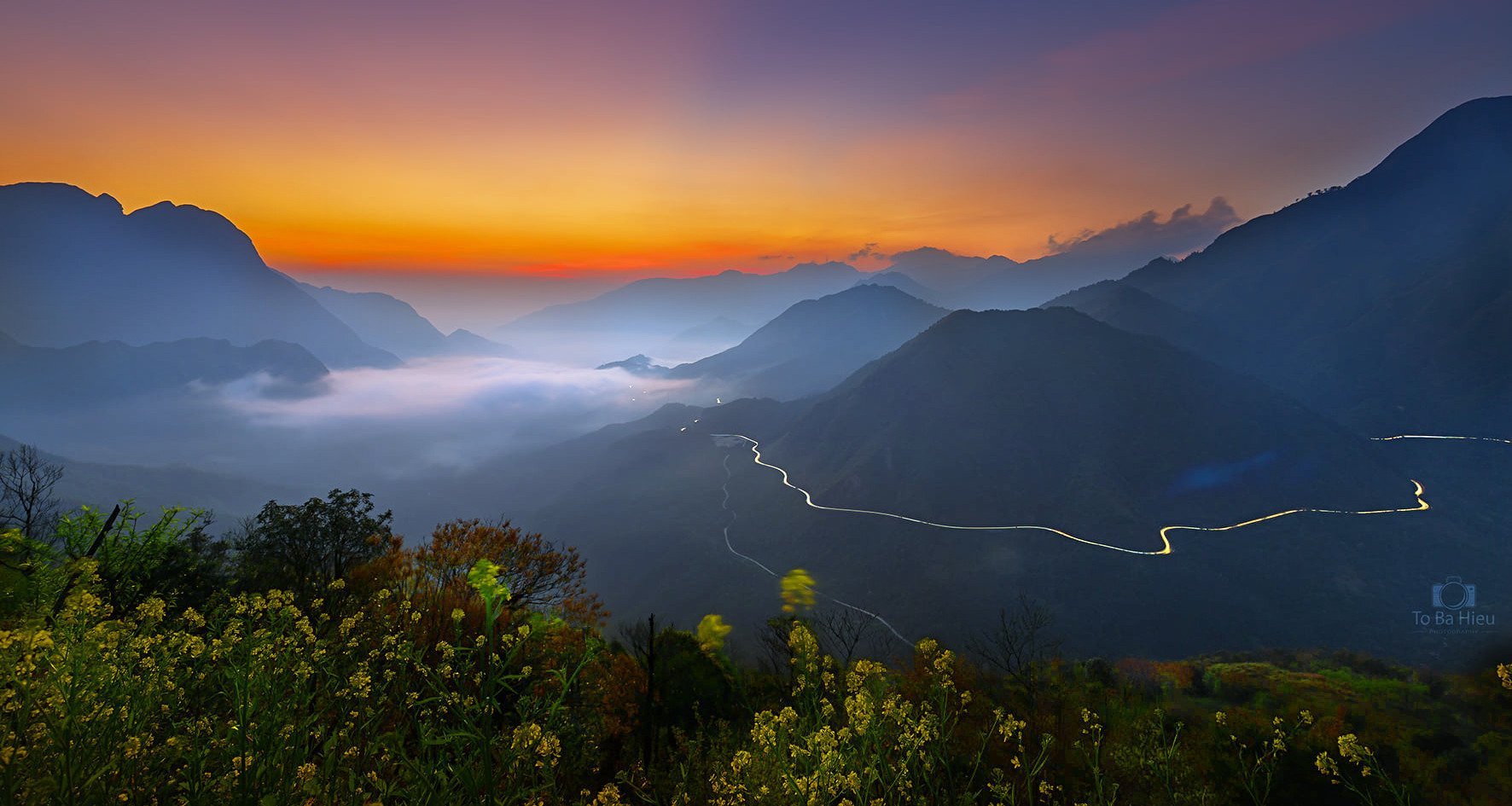


























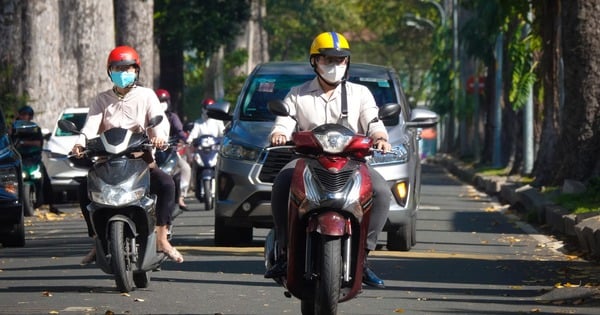


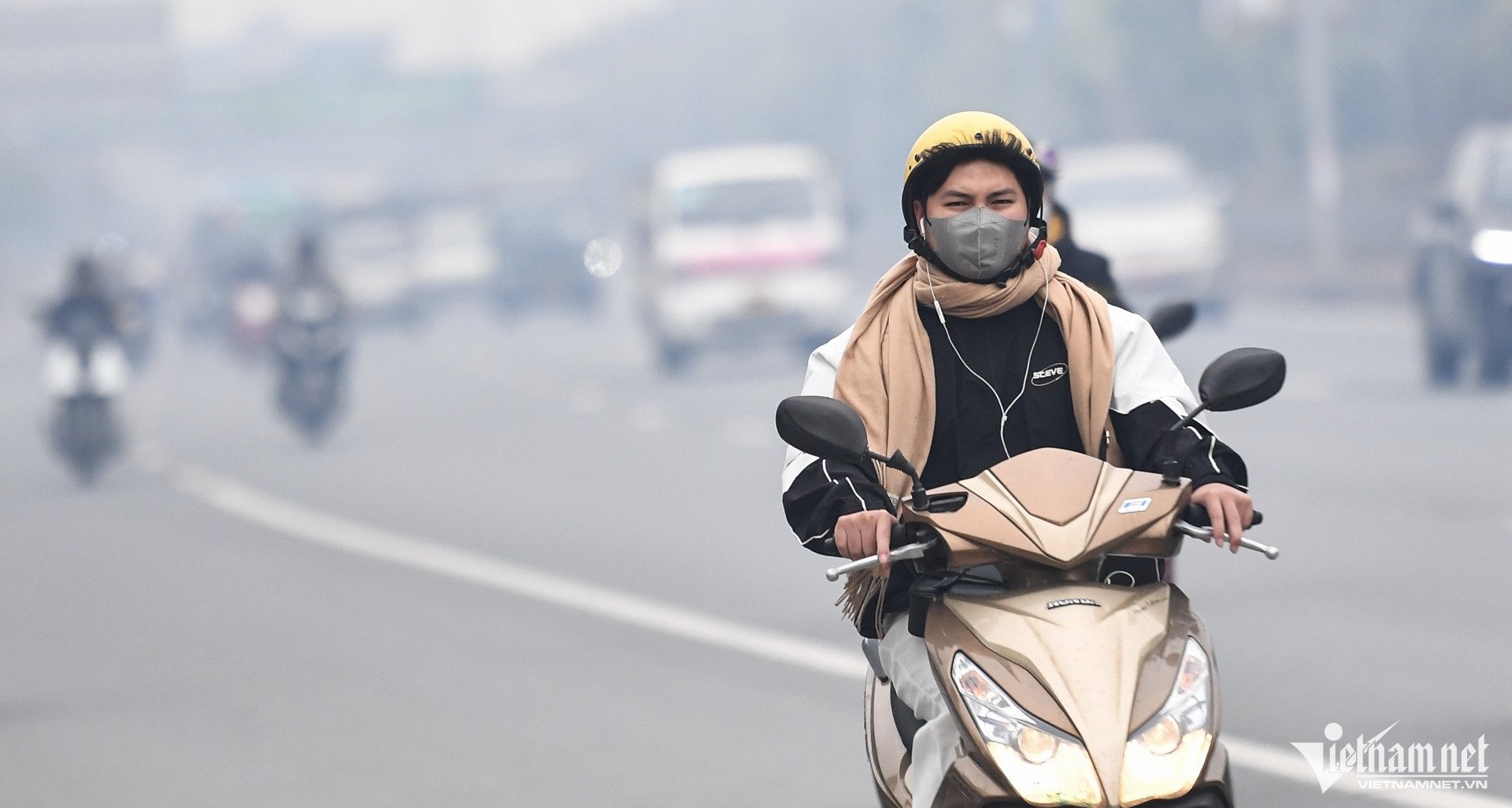



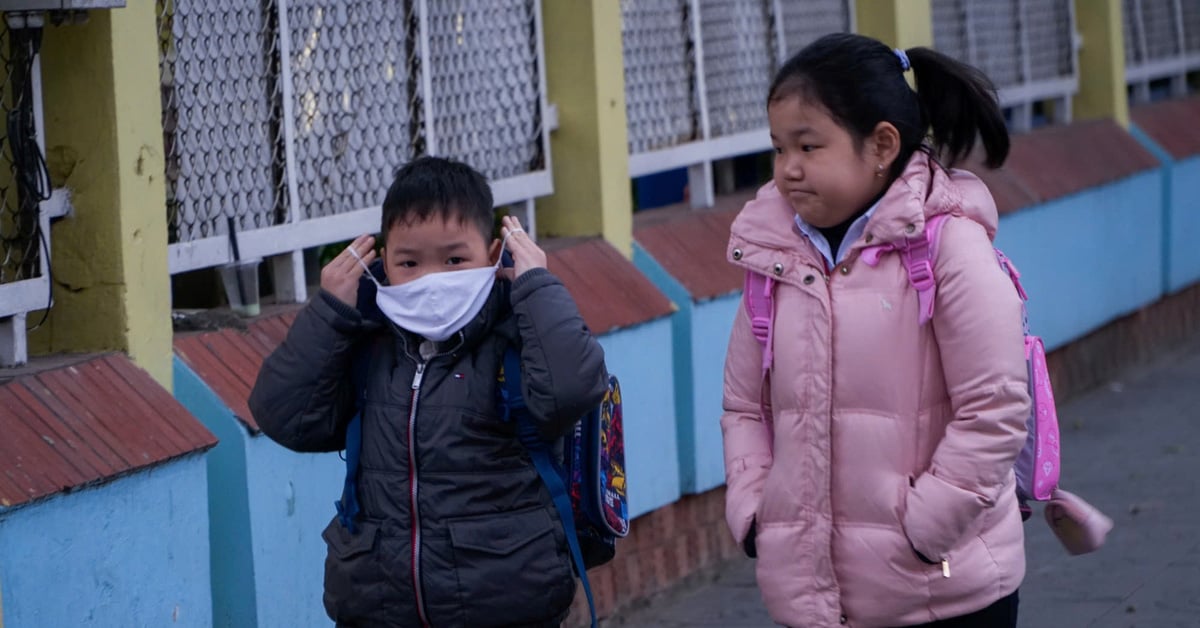


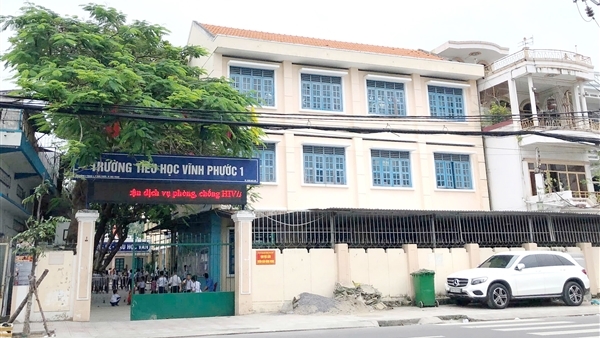

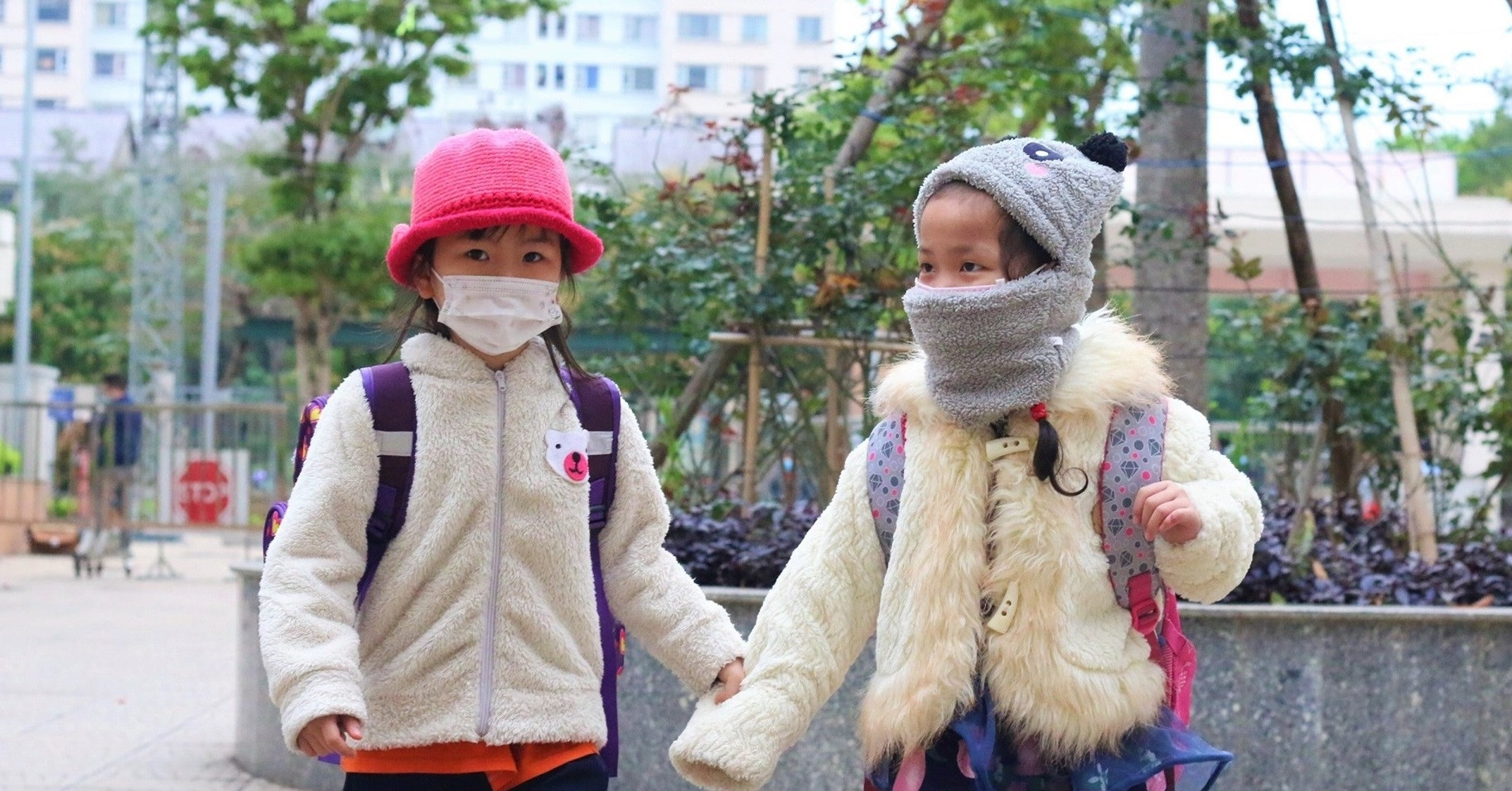









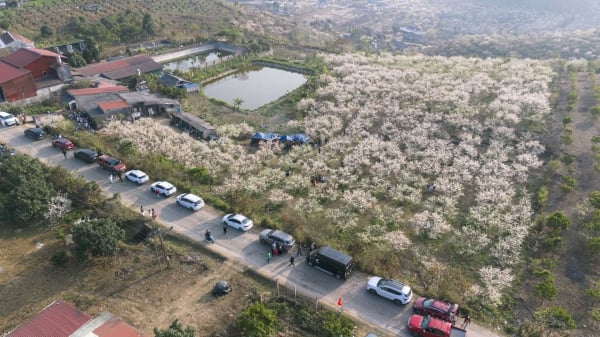















Comment (0)